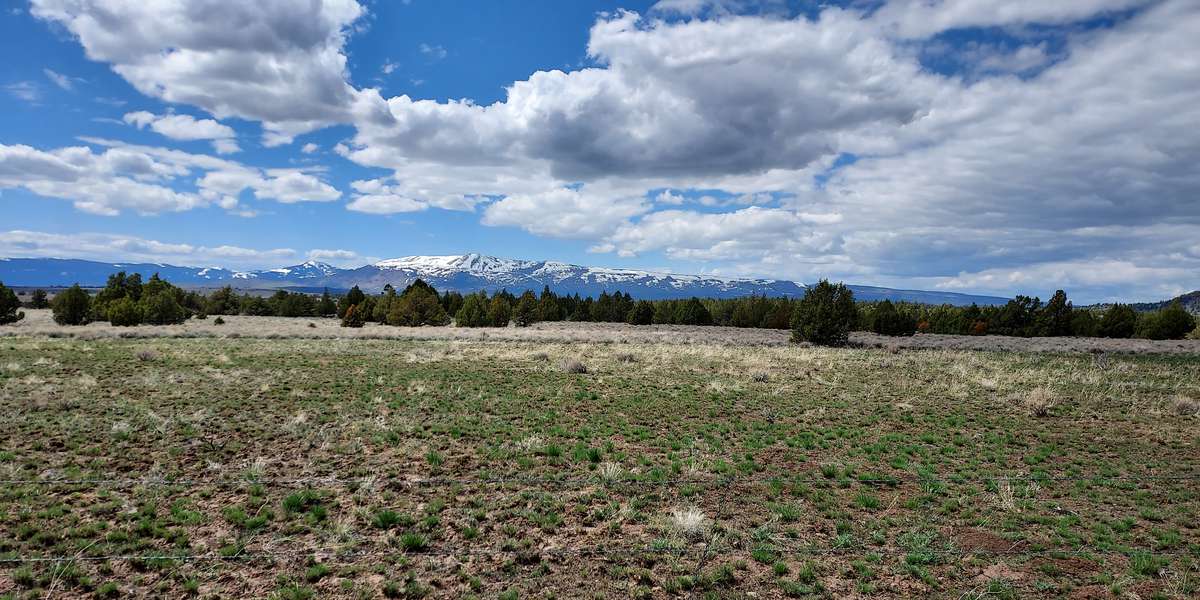2023
2024



2023
2024
Barrel Springs Geophyte Investigations
About this site
A prescribed burn in the study unit in 2020. Geophytes are plants with underground storage organs- such as bulbs, tubers, corms, or rhizomes. Edible geophytes are important traditional foods and historical accounts indicate that some of these plants were actively managed over long periods of time by means of burning, selective harvesting, tilling, and weeding. Species of Periderdia, known as yampah to the Northern Paiute, epos to the Modoc and Klamath, and pahhá to the Pit River people, are highly regarded and occur in vast patches across the volcanic plateaus in this region. The plant produces umbels of white flowers which bloom in early July.
In the early 2000s, the University of Utah began to investigate how prescribed fires may have been used by indigenous people to affect the density, distribution, size, and nutritional quality of this plant. An eight-acre fenced exclosure was constructed to prevent livestock grazing and half of the enclosure is periodically burned. Data are collected on a yearly basis and compared to meteorological data.
Preliminary results suggest that burning increases the density of yampah.
The root can be eaten fresh, boiled, or lightly roasted. It can also be dried and pounded into cakes and cooked for storage. The root is also highly nutritious and is a good source of carbohydrates, vitamins, and amino acids. The leaves, stems, flowers, and seeds can also be eaten. But beware- there are similar looking plants that are toxic to humans so inexperienced collectors should be cautious.
About Bureau of Land Management Applegate Field Office
The Bureau of Land Management's mission is to sustain the health, diversity, and productivity of public lands for the use and enjoyment of present and future generations.
The Applegate Field Office manages nearly 1.75 million acres in northeastern California and northwestern Nevada across the Cascade Range, Modoc Plateau, foothills of the Warner Mountains, and the Great Basin.
For nature-lovers
Explore chronologs
For organizations
Chronolog is a monitoring tool for parks, nature centers, wildlife organizations, schools, and museums worldwide. With over 100,000 contributors across 300 organizations, Chronolog is on a mission to engage communities with nature while recording important natural changes.
© Chronolog 2025 | Terms